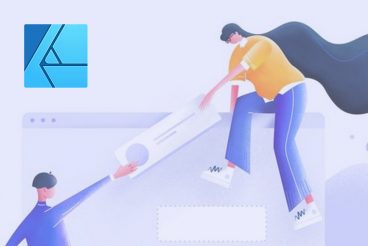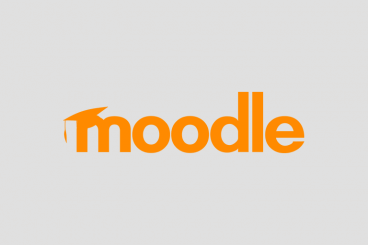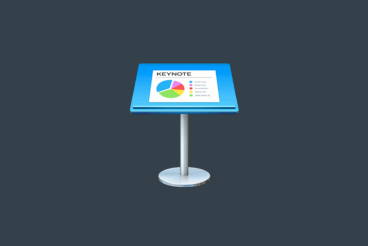
Font Collections / 28 Mar 2024
25+ Best Tech Fonts (For Tech Startups & More)
The tech world is all about breaking boundaries and setting new standards, and your font choice should be no different.
In this post, we showcase a unique collection of high tech fonts, aimed at invigorating the visual identity of tech startups and various technology-themed projects.
Whether you’re designing a sleek website, logo for a startup, tech brand identity, or an intuitive app interface, the right tech font can make your project stand out and resonate with your audience.
Dive into this catalog of fonts and typefaces, each echoing a unique technology-style aesthetic, and carve a distinct identity for your design narrative.









